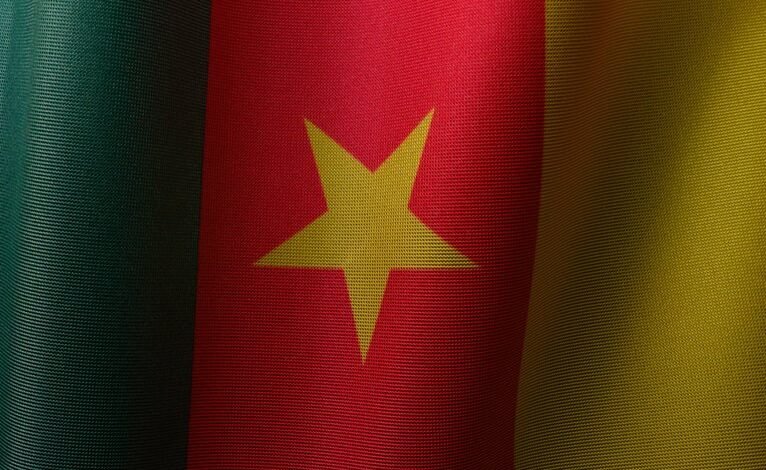Chile Flag : Chile Flag: Colors, Symbols, and History

The Chilean flag serves as a profound representation of the nation's identity and history. Its colors and symbols convey significant meanings tied to the landscape and the struggle for independence. Each element of the flag reflects the aspirations and sacrifices of the Chilean people. An exploration of its origins and the evolution of its design reveals insights into national pride and collective memory. Understanding these facets raises questions about the flag's continued relevance in contemporary society.
The Origins of the Chilean Flag
The origins of the Chilean flag can be traced back to the early 19th century, a period marked by the nation's struggle for independence from Spanish colonial rule.
Flag design emerged as a crucial element in fostering national identity. The flag symbolized the desire for sovereignty and unity, reflecting the aspirations of Chileans in their quest for freedom and self-determination during this transformative era.
The Meaning Behind the Colors
Symbolism plays a significant role in the colors of the Chilean flag, which are deliberately chosen to convey specific meanings.
The white represents the snow-capped Andes, symbolizing purity and peace, while the blue signifies the sky and the Pacific Ocean, reflecting freedom.
Red embodies the bloodshed for independence, showcasing cultural representation and color significance that resonate with the nation's quest for liberty and identity.
The Symbolism of the Star
Positioned prominently in the center of the Chilean flag, the white five-pointed star serves as a significant emblem within the national identity.
This star representation embodies hope, guidance, and the aspirations of the Chilean people. Its cultural significance reflects a commitment to liberty and unity, symbolizing the desire for a brighter future while honoring the nation's historical journey toward independence and self-determination.
Historical Context and Evolution of the Flag
Throughout its history, the Chilean flag has undergone several transformations that reflect the nation's evolving identity and values.
The flag evolution, marked by significant historical events, illustrates Chile's quest for independence and national unity. Each iteration carries historical significance, symbolizing the struggles and aspirations of its people.
This journey mirrors broader themes of freedom and self-determination within Chile's rich cultural narrative.
Conclusion
In the grand tapestry of national symbols, the Chilean flag stands as a beacon of both aspiration and a rather colorful history, where red, white, and blue conspire to tell tales of valor and hope. While the five-pointed star shines with promises of unity, one might ponder if these chromatic choices were also a clever ploy to distract from the complexities of governance. Ultimately, the flag's evolution mirrors the nation's journey—an emblem as multifaceted as the very identity it represents.





